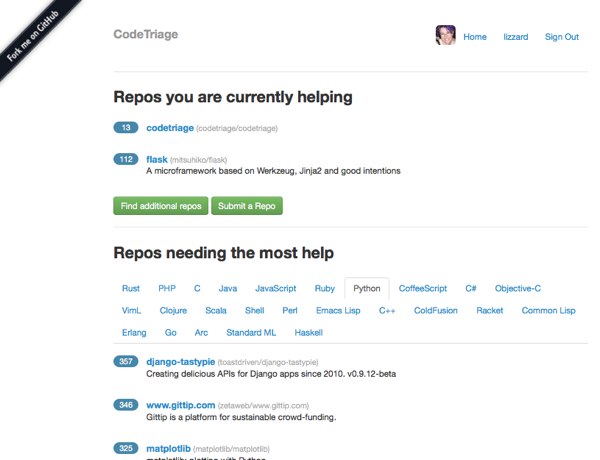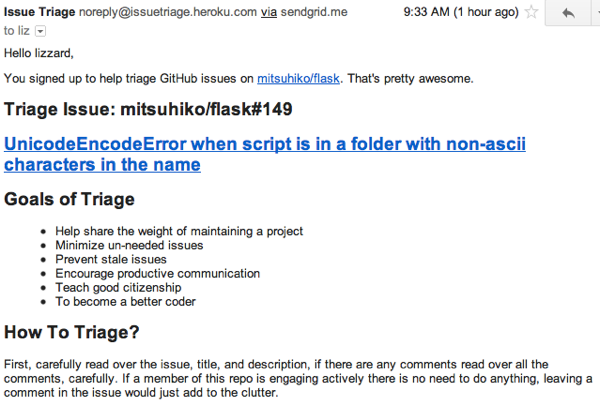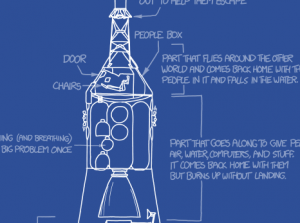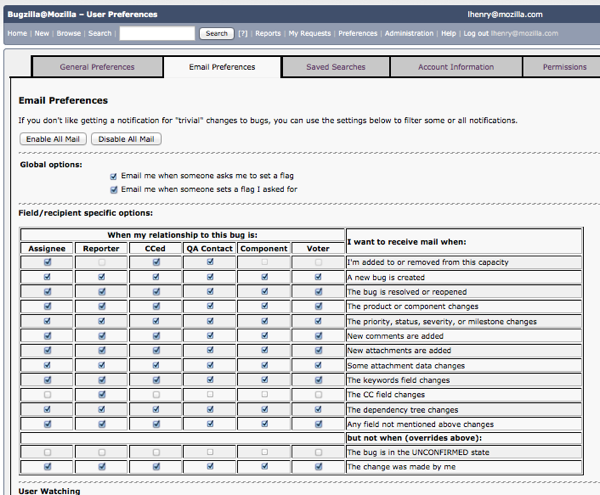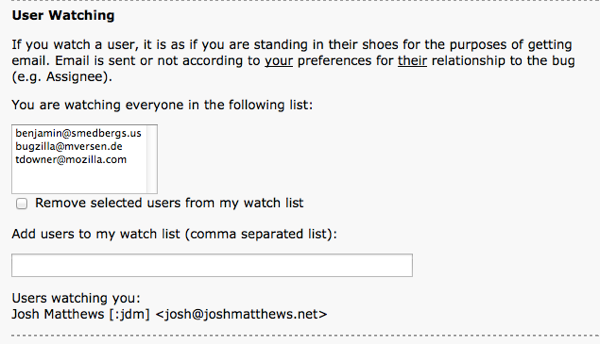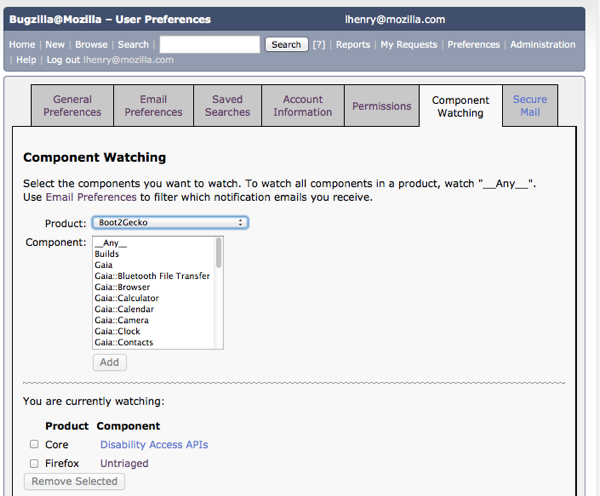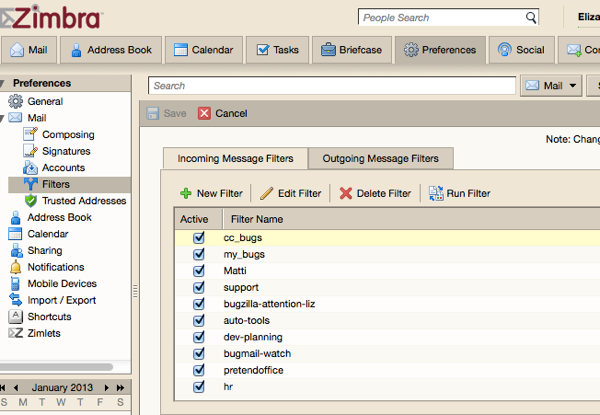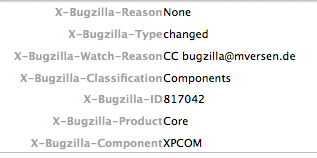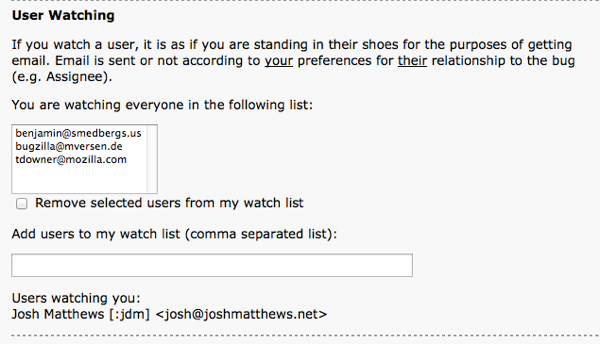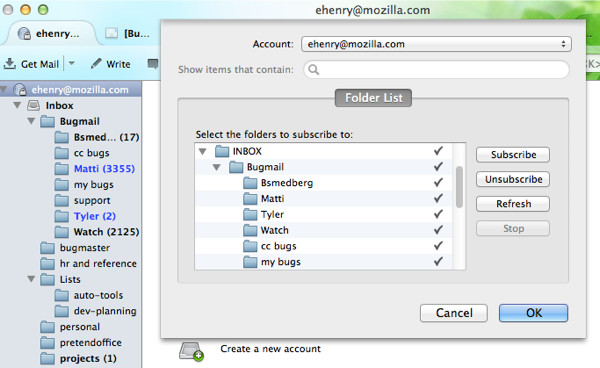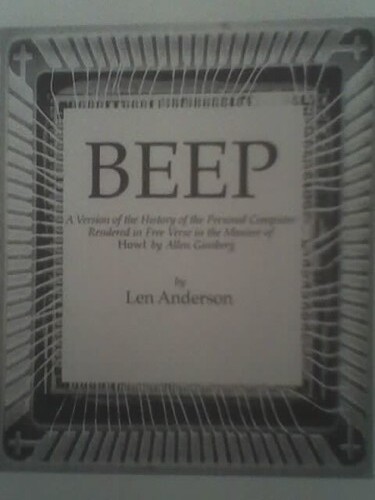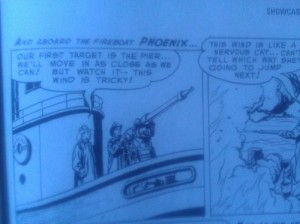Travelling Bugmaster update! I am in London with a bunch of the automation tools team for a work week. Ed, jeads, Chris, Ryan, dave, and mauro have been neck deep in making decisions about the structure of a new version of TBPL. By eavesdropping in their conference room I have learned a bit about how Ed and RyanVM and others watch the tree (sheriffing). Also, dkl and gerv and I met up to talk about bugzilla.mozilla.org and I got to bounce some ideas off them about possible ways to tweak the incoming bug triage workflow.
The London office is right between Trafalgar Square, Chinatown, and Covent Garden. It’s very accessible. If you come to Mozilla London offices and are a wheelchair user, you should know that the Tube stations near the office are not accessible. Give up and take the Heathrow Express to Paddington and then a taxi.

The BMO and IT teams (glob, dkl, and fox2mike, mostly) are planning to upgrade bugzilla.mozilla.org on March 8th. You can give it a test drive here: bugzilla-dev.allizom.org. This brings Mozilla’s implementation in line with the upstream version of Bugzilla 4.2. In theory, the new server hardware and architecture will also make BMO much faster.
I’m mostly excited about the user and product dashboards in this release. They look extremely cool — great for people who are doing bugmaster and triaging work. Someone who wants to drop in to triage Firefox bugs, or to get a mental image of what’s happening with bugs of interest to them, will be able to do so easily, without having set up a sort of pachinko palace labyrinth of bugmail and filters.
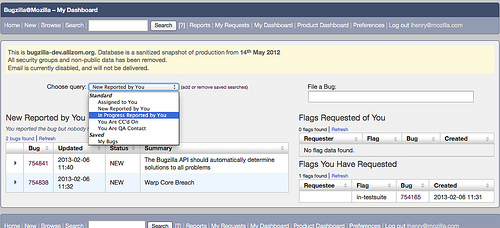
So if you would like a sneak preview of the user and product dashboards, take a look on bugzilla-dev.allizom.org and poke around! You can talk to us on #bmo or #bugmasters on irc.mozilla.org if you have feedback. And do please help us by filing bugs!
Besides the upgrade and move, and the archictecture of bzAPI current and possible future — gerv, dkl and I discussed the re-framing of early bug triage as “Bugmaster” or bug management work. We kicked around some ideas and it was very helpful to me to get their advice.
I am adding links to current wiki docs into the show_components.cgi descriptions and dkl has promised to expose those descriptions in show_bug.cgi views of individual bugs. My thought is that within the bug itself, the reporter and triagers, or an aspiring new developer, will have multiple ways to dive deeper into the bug.
We talked about adding common reply templates, which I am collecting in the Bugmaster Guide but which would work well, I think, built into Bugzilla. It turns out that dkl already has an extension started, canned comments, to do exactly this. Very intriguing!
Another thing I’d like to see is something that invites extra information when a bug is filed. This can be context sensitive, so that, if you file a bug in Firefox for Android in a particular component, there can be a link to relevant support forums, wiki pages, the irc channel, and the module owner information. This landing screen could also invite the bug reporter to add bits of information they have not included. If they haven’t attached a screenshot or included a url there could be an attempt to elicit them, or a few “next steps to help make this bug more reproducible” suggestions.
I am still thinking about the READY status flag and other ways to mark “early triaging is happening, or should be happening” vs. “in the hands of dev team”. That is a fuzzy boundary and different conditions would lead to it for different products/components. In this discussion we looked at Gerv’s and Jesse Ruderman‘s proposals for BMO workflow:
* Workflow Proposal 1 which simplifies the status chain.
* Workflow Proposal 2 which more radically changes the flow and statuses to a “next action” framing.
I can see benefits and drawbacks to both models.
It would be helpful from a triaging point of view to be able to declare, in an obvious-to-all way, that a bug is as triaged as we can get it for the moment and it either is ready for a developer to look at or is in some sort of Bug Limbo waiting for later re-assessment. We can do that with some assortment of existing tags and keywords but it may lack clarity and ease of use.
We brought up the idea that if I am doing some triage on a bug but don’t feel it is “ready” yet — for example perhaps I have identified its component, but not reproduced it, or vice versa — I can list myself as the QA contact. What would that indicate, though? Would it keep away other triagers? That is not what I’d want, of course. We could end up with some sort of “needstriage” checkbox, or make a tagging taxonomy that is well documented and evangelize it.
On Sunday I spent some time wandering around in a rented mobility scooter. It is possible now in London to hire a scooter for 70 pounds a week. Very much worth it not to have to push myself over thousands of cobblestones. I have only run over one person’s foot so far in the swarms of tourists, theater-goers, schoolchildren going to museums, and Londoners purposefully striding around in overcoats staring at their mobile phones. Though the scooter delivered is bigger than most cars in this country. It is like an enormous Mecha Gundam Wing suit on wheels so my adventures in the London streets are reminiscent of the Pacific Rim movie trailer.

In London, when confronted with a giant wheeled exoskeleton, people generally give a tiny gasp and start (theatrically), mutter apologies, and make a show of getting out of the way while looking bewildered. They are relatively good at not acting shocked that I exist. That’s kind of pleasant really. Some buildings and restaurants are somewhat accessible. I get along here as long as I don’t think too hard about how I can’t use the Tube at all and I can afford the glorious taxis.
In Vienna, I used my manual chair. Almost nowhere is accessible even when it is declared to be. People there would loudly gasp, almost a little shriek, and leap forward to grab me, which reminded me of how people act in Beijing when they see an independent person using a wheelchair. They scream, and they leap, like kzinti. More details on hilarious wheelie adventures in the Hofburg, coming soon. Travel is lovely but I’ll be glad to be back in San Francisco at the end of the week.


